Home » Construction » The Pros and Cons of Installing Vitrified Tiles
In This Post
– What are vitrified tiles
– Ceramic tiles vs vitrified tiles
– Usage of vitrified tiles
– Pros of installing vitrified tiles
– Cons of installing vitrified tiles
Choosing the perfect floor tiles for your home is a big decision. Not only do you have to keep the aesthetics in mind but also have to weigh their functionality, durability and whether or not they fit your budget. Generally, people prefer installing marble flooring in their homes to add a touch of elegance and lavishness to their décor. Similarly, ceramic and granite are considered some of the top choices for tile flooring in Pakistan. However, did you know that there are other tile flooring options that you can explore besides the ones mentioned above? Vitrified tiles are a good example of that.
Let’s discuss what vitrified tiles are, their advantages and disadvantages, and how they differ from ceramic and porcelain tiles.
What are Vitrified Tiles?
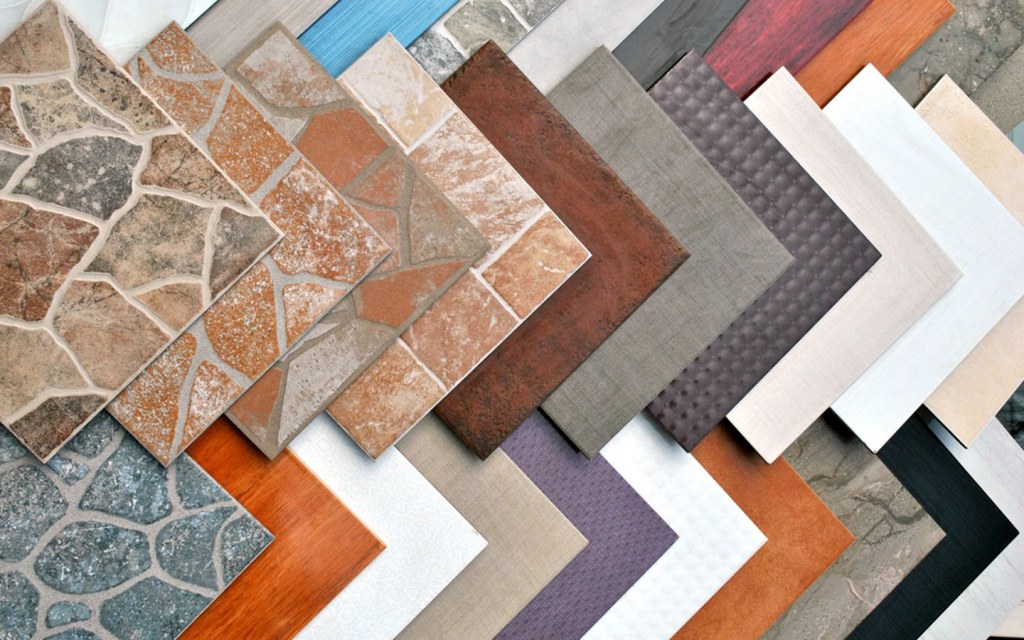
Vitrified tiles, sometimes also referred to as glass tile, are long-lasting and low-maintenance tiles with an almost negligible absorption rate. These tiles are made by hydraulic pressing a mixture of silica, clay, quartz and feldspar, which is then baked at a high temperature until it transforms into a non-crystalline amorphous solid and gets a glass-like appearance. This process is also known as vitrification.
These tiles come in a wide range of varieties. Some of the most common types of vitrified tiles include double charge, polished and full body. While double charge vitrified tiles are a few millimetres thicker than other types of tiles and are used mostly in commercial projects, polished tiles boast a glossy surface and are ideal for living rooms and drawing rooms. Full-body vitrified tiles are made from a pigmented mixture, which means chips in this material go unnoticed since the entire tile has the same colour.
Vitrified tiles are highly non-porous and can retain their shine for several years if maintained properly.
Porcelain is also considered a type of fully vitrified tiles, as it goes through a similar process.
Ceramic Tiles vs Vitrified Tiles
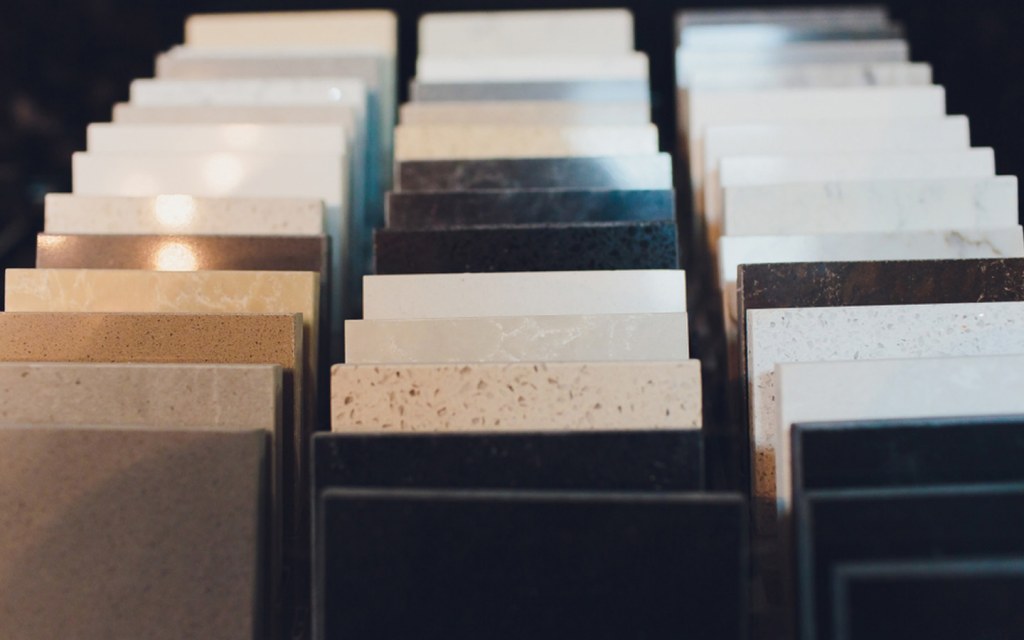
Here are some of the main differences between ceramic and vitrified tiles.
Composition: Ceramic tiles are made from earthen clay and water, whereas vitrified tiles are composed of silicone, clay, quartz and other materials
Texture: Ceramic tiles are generally coarser and have a more natural touch. On the other hand, vitrified tiles have a smooth texture and can look artificial owing to their glass-like appearance.
Durability: Due to the difference in their composition, vitrified tiles are significantly stronger than the ceramic ones. Being baked at high-temperature forces different materials in the mixture of vitrified tiles to fuse together, making them more hard-wearing and scratch-resistant.
Porosity: Ceramic has a higher porosity rate, which makes these tiles less suitable for bathrooms, swimming pools, changing rooms and other places with a lot of moisture. Meanwhile, vitrified tiles are extremely resistant to moisture and have an absorption rate of 0.5 percent, which is almost negligible.
Installation: Ceramic tiles are easier and cheaper to install, whereas vitrified tiles require a stronger adhesive and can be a little tricky to install.
Where Are Vitrified Tiles Used?
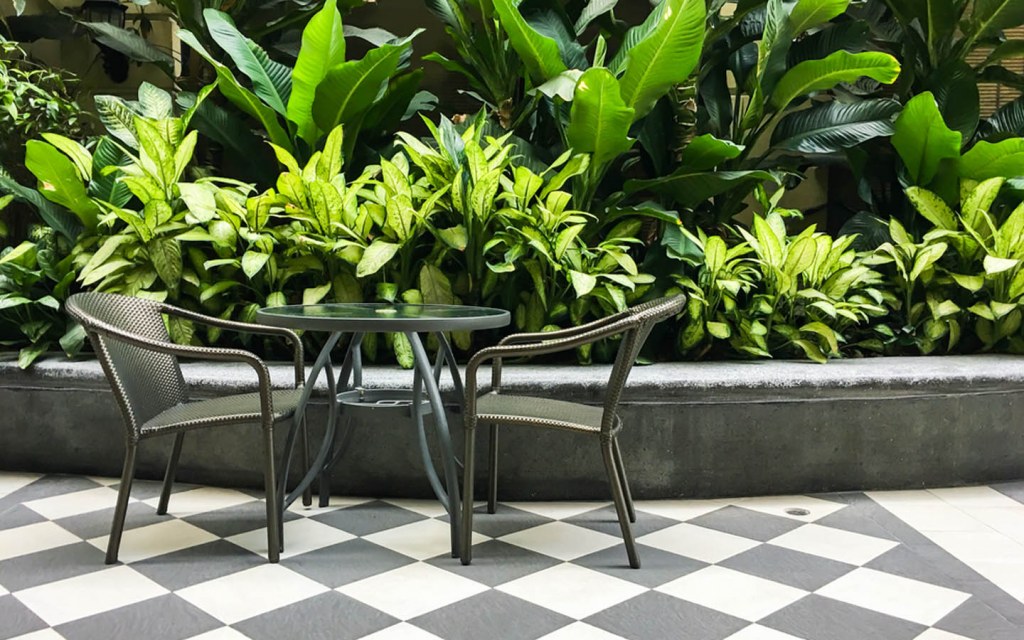
Vitrified tiles can be used in both interior and exterior settings. Apart from installing them in a residential property, these tiles are also suitable for high traffic commercial properties as they can withstand high pressure.
Since these floor tiles are available in a range of colours and patterns, here are some of the most common places where you can install them:
- Living room
- Hallway
- Drawing room
- Kitchen
- Bathrooms
- Patio
- Rooftop
- Garden
Advantages of Installing Vitrified Floor Tiles
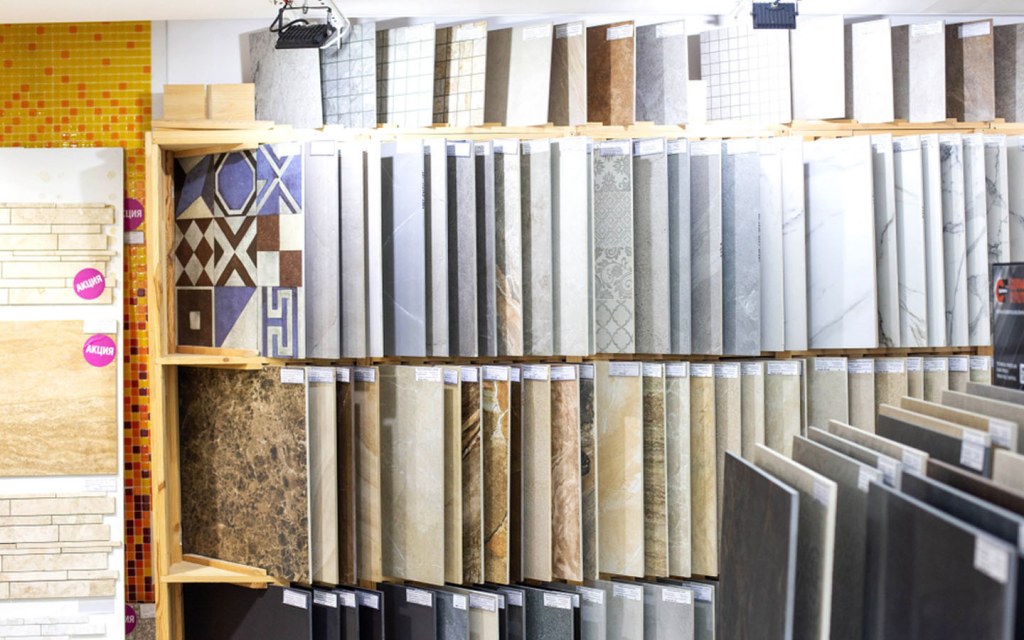
Let’s discuss some of the major advantages of vitrified tiles.
- Strenght is one of the most important quality of vitrified tiles. Compared with ceramic, marble and granite, these tiles last longer and are more durable
- Vitrified tiles don’t crack easily under pressure. So, even if you install them outdoors, they won’t crack from heat or other environmental factors
- These tiles are scratch resistant and rarely chip. In rare cases where vitrified tiles actually chip, you will probably be unable to tell as the tiles have a uniform colour
- Unlike most other floor tiles, the vitrified ones are easy to clean and maintain as they don’t stain easily
- The polished vitrified tiles have a glossy surface which makes them look aesthetically pleasing. If cleaned regularly, they can retain their shine for a very long time
- Thanks to their low porosity, these tiles are highly resistant to moisture. That means you don’t have to worry about mould infestation and other such problems
- Apart from being used as floor tiles, vitrified wall tiles are also used in kitchen backsplashes, bathroom walls. They are also a suitable choice for wall cladding and paving
- Vitrified tiles are available in a variety of designs, sizes, colours and digital patterns
Disadvantages of Installing Vitrified Floor Tiles
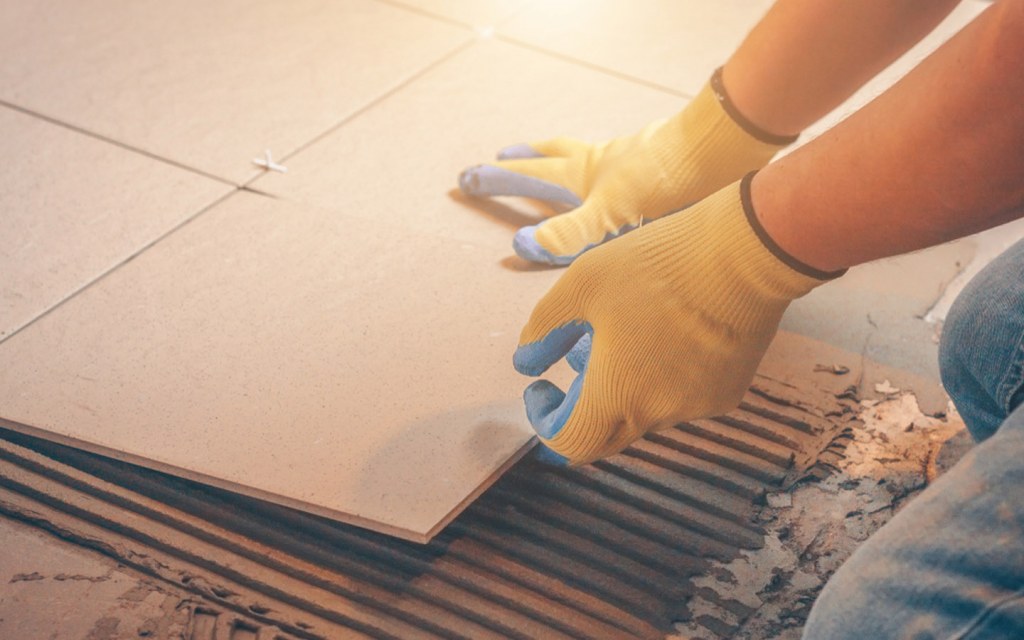
Just like everything else, there are a few disadvantages of vitrified tiles as well. Let’s take a look at them:
- Though resistant to water absorption, these tiles can be extremely slippery when they are wet.
- In case these tiles are damaged, removing them can be quite a hassle. In fact, removing one tile by cutting the grout lines can damage the one surrounding it as well. Finding the same design for a new tile may also be a problem
- Unlike marble and ceramic, vitrified tiles cannot be installed without the assistance of a professional. These tiles require a special adhesive, which is more expensive than the thinset mortar used to install other types of floor tiles.
- Last but not least, vitrified tiles are not eco-friendly. The process of vitrification releases a huge amount of carbon dioxide as well as other gases, which are quite hazardous for the planet.
- Depending on the quality and size of vitrified tiles, they can be slightly expensive than marble, ceramic and granite ones.
So, do you think installing vitrified floor tiles is a suitable option for your home? Let us know your thoughts and comments by dropping an email on blog@zameen.com.
Meanwhile, if you are a fan of DIY home improvement projects, such as how to tile your bathroom floor or how to install a kitchen backsplash, stay connected to Zameen Blog for more helpful guides. You can also subscribe to our newsletter to stay up-to-date about the latest trends in home décor, construction and the real estate market in Pakistan.



